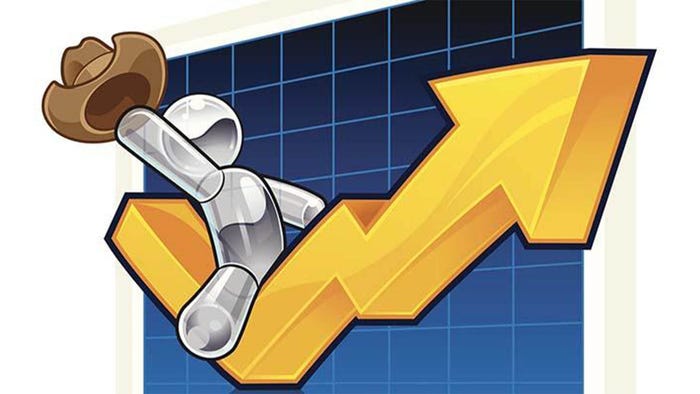Marquardt’s research aims to define relationship between cattle handler skill level, safety
Lincoln graduate student Morgan Marquardt is researching how to define cattle handler skill level and evaluate whether there is a relationship between handler skill level and handler safety.
June 20, 2024
_10.jpg?width=850&auto=webp&quality=95&format=jpg&disable=upscale)
Lincoln graduate student Morgan Marquardt is researching how to define cattle handler skill level and evaluate whether there is a relationship between handler skill level and handler safety.
Marquardt is from Holdredge, Nebraska, and studying animal science with a specialization in animal welfare. After graduating with a master’s degree, she is considering obtaining a doctorate. She also hopes to continue to be an advocate for animals and the people who care for them.
Marquardt has always had a passion for animals, growing up with cats, dogs, and various other companion animals. During her undergraduate career at UNL, Marquardt focused on companion animal science. This is when she met her current advisor Dr. Ruth Woiwode and discovered they had a common interest in animal welfare research. Expanding from companion animal welfare to include the welfare of cattle has allowed Marquardt to grow her knowledge of welfare concepts in a new setting.
Research in the beef industry
Currently, the animal industry uses years of experience as a metric to determine how qualified someone is to work as a handler. According to Marquardt, this metric is unrealistic, inconsistent, and dangerous. There is no data or literature supporting the accuracy of the metric.
“There’s actually no data to support the assumption that there is a relationship between the skill level of an animal handler and years of experience,” said Marquardt. “The literature doesn’t define skill nor does the industry describe what counts as experience. There’s just a lot of uncertainty around how we are determining how skilled our workers are.”
Marquardt’s work focuses on not only improving cattle handler safety but also defining a “handler skill level” through more than years of experience. Marquardt will collect data through handling trials using the Cattle Handler Skill Assessment Tool that Dr. Woiwode developed. Before the trials, participants will fill out a survey indicating years of experience with animals and working in agriculture, age, and other factors related to acquiring skill.
Impact on the beef industry
Working with an animal that can weigh over 1,000 pounds presents danger and risk of injury to the handler. According to the U.S. Bureau of Labor Statistics, the rate of fatal injuries per 100,000 full-time workers in animal production and aquaculture industries is 4.8 times higher than that of workers in crop production. Those who handle cattle are just as deserving of having a safe working environment as any other worker. Improvement in the handler’s safety could also increase retention and recruitment to the beef industry, Marquardt hopes.
Not only could Marquardt’s research improve the safety of the handler but also the quality of care provided to the cattle.
“People and animals have an inborn value just because they exist,” said Marquardt. “I firmly believe that if you take care of your people, they will take better care of your animals.”
Challenges and opportunities
Marquardt identified the increasing amount of people who are removed from directly working with cattle as a challenge, especially given the current metric for qualification to be considered a skilled handler. Right now, less than 2% of United States workers are employed in an agricultural job. This includes agribusiness, crop production, livestock management, and other fields. With an already small percentage of people with experience working with cattle shrinking, it will be increasingly difficult to find people who know how to handle livestock safely in the future.
Marquardt indicated that a major opportunity lies in researching the skilled handling of cattle and other animals. By increasing research in this area, knowledge and safety would improve.
“I am so excited to be able to exist in that space and hopefully contribute to that knowledge,” said Marquardt. “I think it’s an exciting opportunity to be able to help people.”
You May Also Like


.png?width=700&auto=webp&quality=80&disable=upscale)
